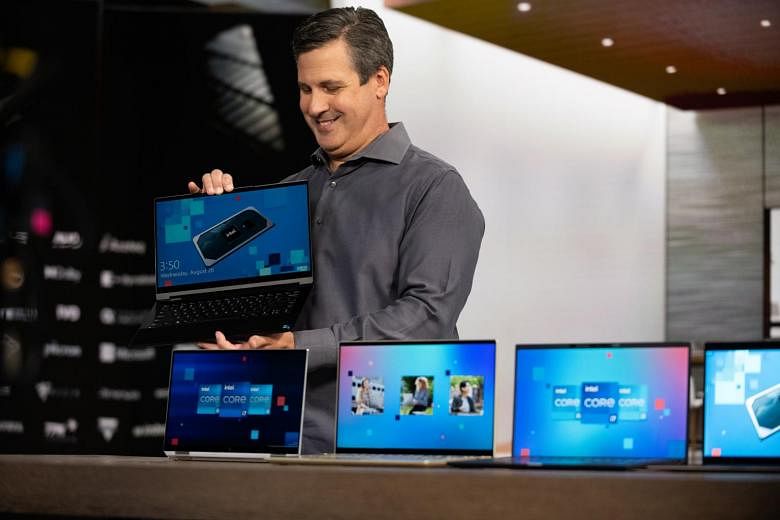Not all of last week's major tech announcements occured at the IFA 2020 trade show in Berlin.
Graphics chipmaker Nvidia started the ball rolling on Tuesday (Sep 1) with the virtual launch of its new GeForce RTX 30 series of desktop graphics cards.
Consisting of the flagship GeForce RTX 3090, as well as the RTX 3080 and the RTX 3070, these graphics cards are said to deliver twice the performance and 1.9 times the power efficiency of their predecessors.
They also offer future-proof features such as support for HDMI 2.1, which enables a single cable connection to 8K televisions for gaming, as well as support for the new AV1 video codec that uses significantly less bandwidth while streaming high-resolution videos.
According to Nvidia, the RTX 3090 ($2,365; available from Sep 24) is the first graphics card to have 24GB of video memory. It can run games at 8K resolution at a smooth 60 frames per second (fps).
Meanwhile, the RTX 3080 ($1,100; from Sep 17) is designed for 4K gaming and promises over 60fps at 4K resolution, while the RTX 3070 ($790; from Oct) is said to be 60 per cent faster than its RTX 2070 predecessor.
Mr Marcus Wee, co-founder of local custom PC builder Aftershock, says that the RTX 30 series is the craziest launch he has seen in his eight years in the business - because of the huge leap in performance over the previous generation.
He predicts that the new graphics cards will cause a huge shift in the industry: "Quad HD (2,560 x 1,440 pixels) will become the entry-level resolution for gaming while 4K will be the popular mid-range option."
Also shaking up the PC scene is Intel. The chip giant officially unveiled its 11th-generation "Tiger Lake" Core mobile processors on Wed (Sep 2), which offers higher clock speeds and up to twice the integrated graphics performance compared to its Ice Lake predecessor.
According to Intel, a Tiger Lake notebook will have a longer battery life of around an hour or more, depending on the workload, than a similar Ice Lake laptop.
Mr Bryan Ma, vice-president of devices research at market research firm IDC, believes Tiger Lake is a strong offering that provides a "reasonable gaming experience in a thin and light device".
During its press briefing, Intel showed the new Intel Iris Xe integrated graphics in the higher-end Core i7 Tiger Lake chips outperforming its competitors (AMD Radeon Graphics and Nvidia GeForce MX350) in games.
Mr Ma adds that the new processors also tap artificial intelligence in ways that "fit in nicely with the current work-from-home trend, particularly with use cases like background noise reduction" in video conferencing.
"Tiger Lake can at least help get Intel back on its feet in the short term," he adds, noting that Intel has taken a few punches recently, from manufacturing setbacks to market share gains by rival AMD.
The new Tiger Lake processors will power the new Intel Evo branded notebooks, the second iteration of Intel's Project Athena innovation program that aims to build the most advanced laptops.
Targeted at the premium segment, Intel Evo models are guaranteed to meet certain requirements, such as over nine hours of battery life, waking up from sleep in a second or less, and support for the Wi-Fi 6 and Thunderbolt 4 standards. Over 20 Intel Evo laptops are expected to be launched from major PC brands later this year.


